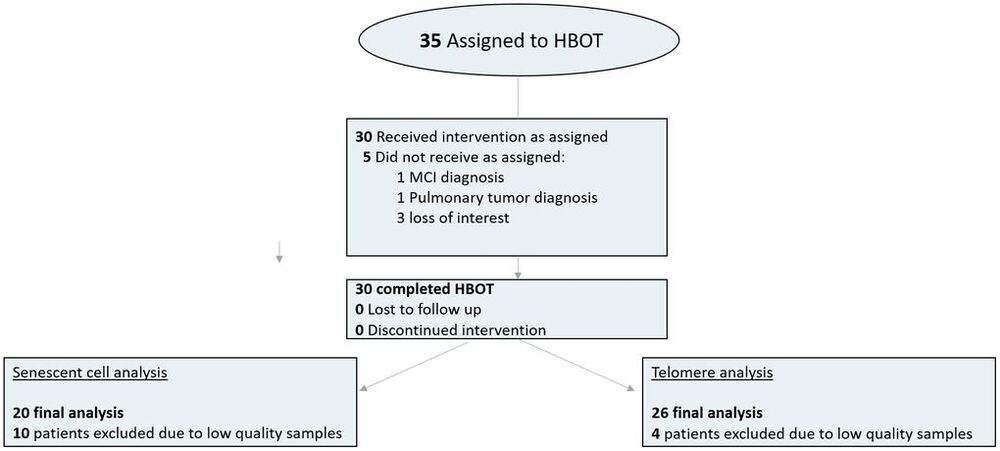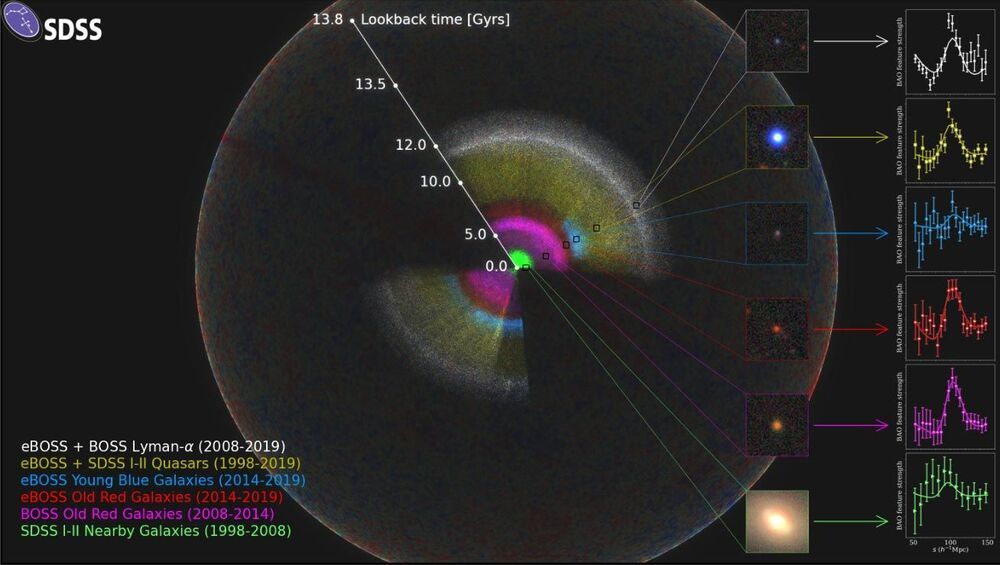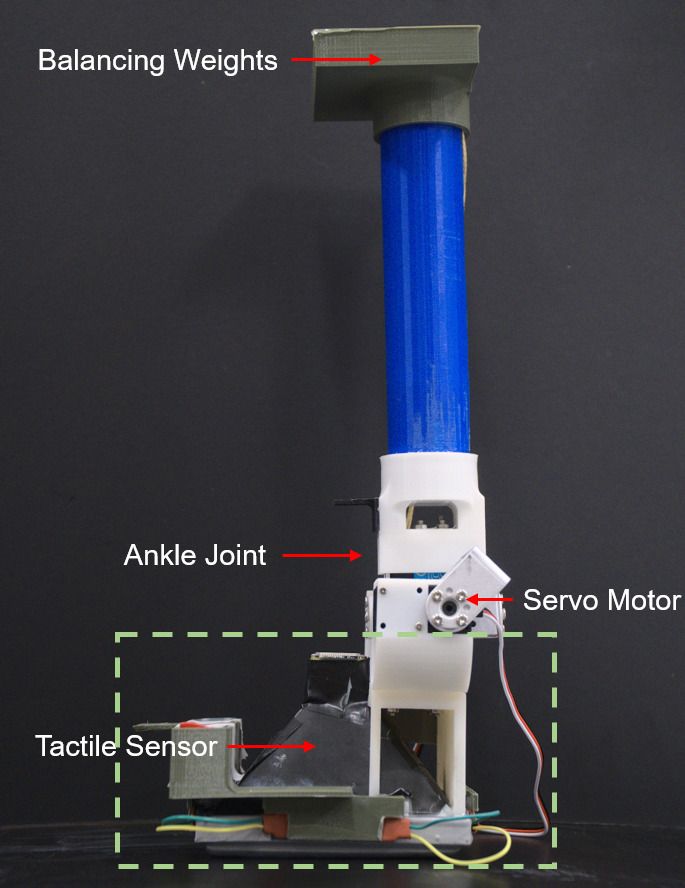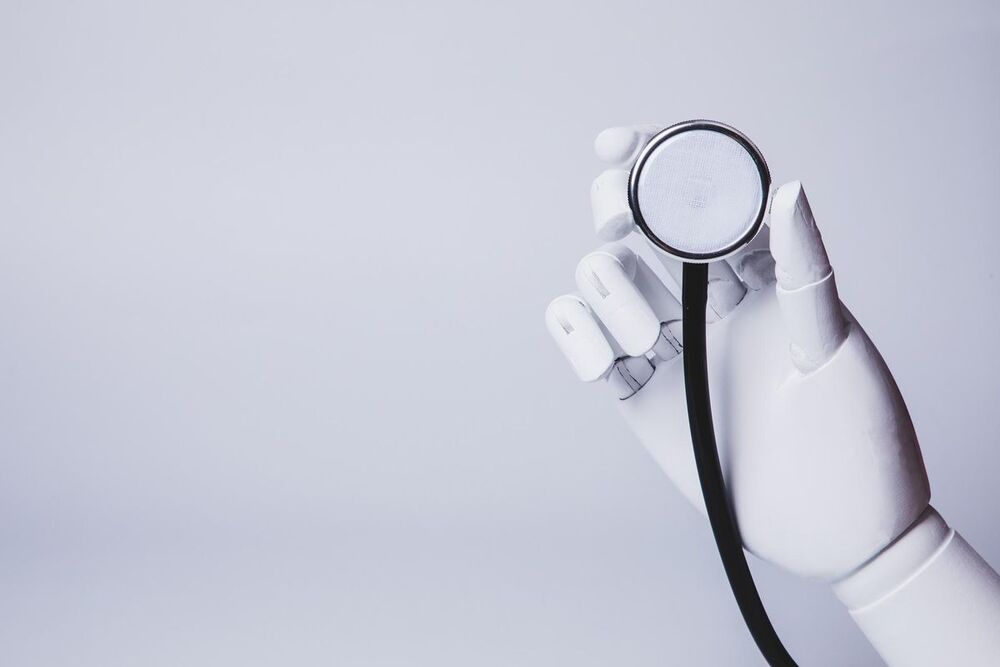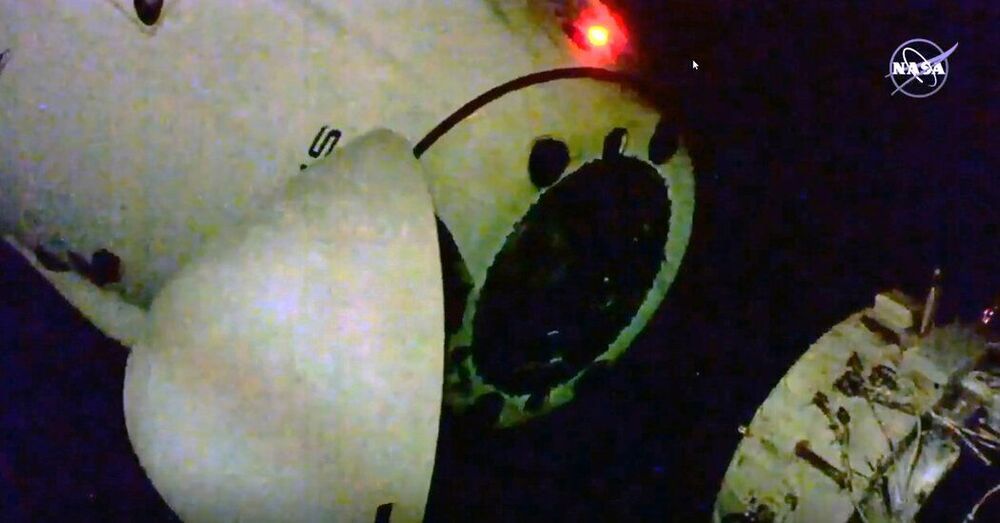Aging | doi:10.18632/aging.202188. Yafit Hachmo, Amir Hadanny, Ramzia Abu Hamed, Malka Daniel-Kotovsky, Merav Catalogna, Gregory Fishlev, Erez Lang, Nir Polak, Keren Doenyas, Mony Friedman, Yonatan Zemel, Yair Bechor, Shai Efrati.
Harvard’s Wyss Institute has created a new gene-editing tool that enable scientist to perform millions of genetic experiments simultaneously.
Researchers from the Harvard’s Wyss Institute for Biologically Inspired Engineering have created a new gene-editing tool that can enable scientists to perform millions of genetic experiments simultaneously. They’re calling it the Retron Library Recombineering (RLR) technique, and it uses segments of bacterial DNA called retrons that can produce fragments of single-stranded DNA.
When it comes to gene editing, CRISPR-Cas9 is probably the most well-known technique these days. It’s been making waves in the science world in the past few years, giving researchers the tool they need to be able to easily alter DNA sequences. It’s more accurate than previously used techniques, and it has a wide variety of potential applications, including life-saving treatments for various illnesses.
However, the tool has some major limitations. It could be difficult to deliver CRISPR-Cas9 materials in large numbers, which remains a problem for studies and experiments, for one. Also, the way the technique works can be toxic to cells, because the Cas9 enzyme — the molecular “scissors” in charge of cutting strands of DNA — often cuts non-target sites as well.
It’s exactly as weird as it sounds.
The U.S. Army is looking into using animal muscle tissue as a means to move robots.
The Army Research Laboratory believes its bots could use real muscle, which allows most living things to move and manipulate their environments, instead of mechanical arms, wheels, tracks, and other systems to travel across the battlefield. The concept, which some might find disturbing, is an example of the new field of “biohybrids.”
Are drone swarms for firefighting the future of fire supression? New work from engineer and mathematician Elena Ausonio and a team of Italian researchers suggests that they could be.
The following is a guest post by Max Lenz, Executive Editor and project manager at the Berlin-based DroneMasters Boost GmbH and editor of the weekly DroneMasters Briefing. DRONELIFE neither makes nor accepts payment for guest posts.
The extended Baryon Oscillation Spectroscopic Survey (eBOSS) collaboration has released its latest scientific results. These results include two studies on dark energy led by Prof. ZHAO Gongbo and Prof. WANG Yuting, respectively, from National Astronomical Observatories of the Chinese Academy of Sciences(NAOC).
The study led by Prof. Zhao was recently published in Monthly Notices of the Royal Astronomical Society.
Based on eBOSS observations, Prof. ZHAO’s team measured the history of cosmic expansion and structure growth in a huge volume of the past universe, corresponding to a distance range between 0.7 and 1.8 billion light years away from us. This volume had never been probed before.
In order to effectively navigate real-world environments, legged robots should be able to move swiftly and freely while maintaining their balance. This is particularly true for humanoid robots, robots with two legs and a human-like body structure.
Building robots that are stable on their legs while walking can be challenging. In fact, legged robots typically have unstable dynamics, due to their pendulum-like structure.
Researchers at Hong Kong University of Science and Technology recently developed a computer vision-based robotic foot with tactile sensing capabilities. When integrated at the end of a robot’s legs, the artificial foot can increase a robot’s balance and stability during locomotion.
The mood a year later is very different, despite a brutal surge in coronavirus cases that is threatening the economic recovery. India’s startup community has found itself in an unprecedented funding bonanza.
In the first four months of 2021, 11 startups have attained unicorn status, meaning they’ve reached a valuation of at least $1 billion.
Yes, but they wont be trusted til 2035.
Current trends in AI use in healthcare lead me to posit that this market will significantly grow in the coming years. So, should leaders in healthcare expect the emergence of a fully automated electronic physician, sonographer or surgeon as a replacement for the human healthcare professional? Can the development of AI in healthcare help overcome the difficulties the industry faces today? To figure all this out, I would like to analyze the current challenges of using AI in healthcare.
Let’s discuss two promising examples: the application of AI in diagnosis and reading images, and the use of robotic systems in surgery.
Diagnostic Robots: Accuracy And Use For Treatment Recommendations
Sponges: They are considered to be one of the most primitive forms of animal life, because they have neither locomotion organs nor a nervous system. A team around deep-sea scientist Antje Boetius has now discovered that sponges leave trails on the sea floor in the Arctic deep sea. They conclude that the animals might move actively — even if only a few centimeters per year. They are now publishing these unique findings in the journal Current Biology.
The surprise was great when researchers looked at high-resolution images of the sea floor of the Arctic deep sea in detail: Path-like tracks across the sediments ended where sponges were located. These trails were observed to run in all directions, including uphill. “We conclude from this that the sponges might actively move across the sea floor and leave these traces as a result of their movement,” reports Dr Teresa Morganti, sponge expert from the Max Planck Institute for Marine Microbiology in Bremen. This is particularly exciting because science had previously assumed that most sponges are attached to the seafloor or are passively moved by ocean currents and, usually down slopes.
Crew-1, which launched to the space station in November, will head home in the capsule called Resilience.
